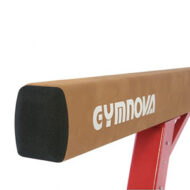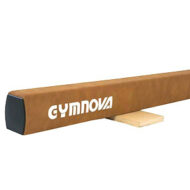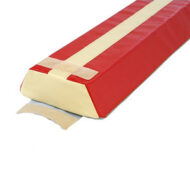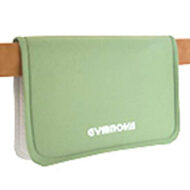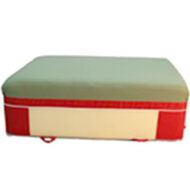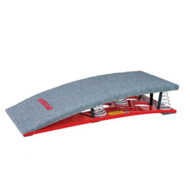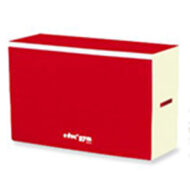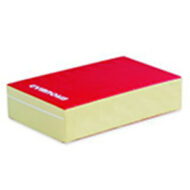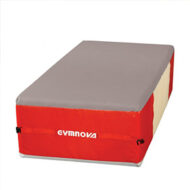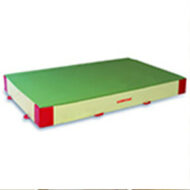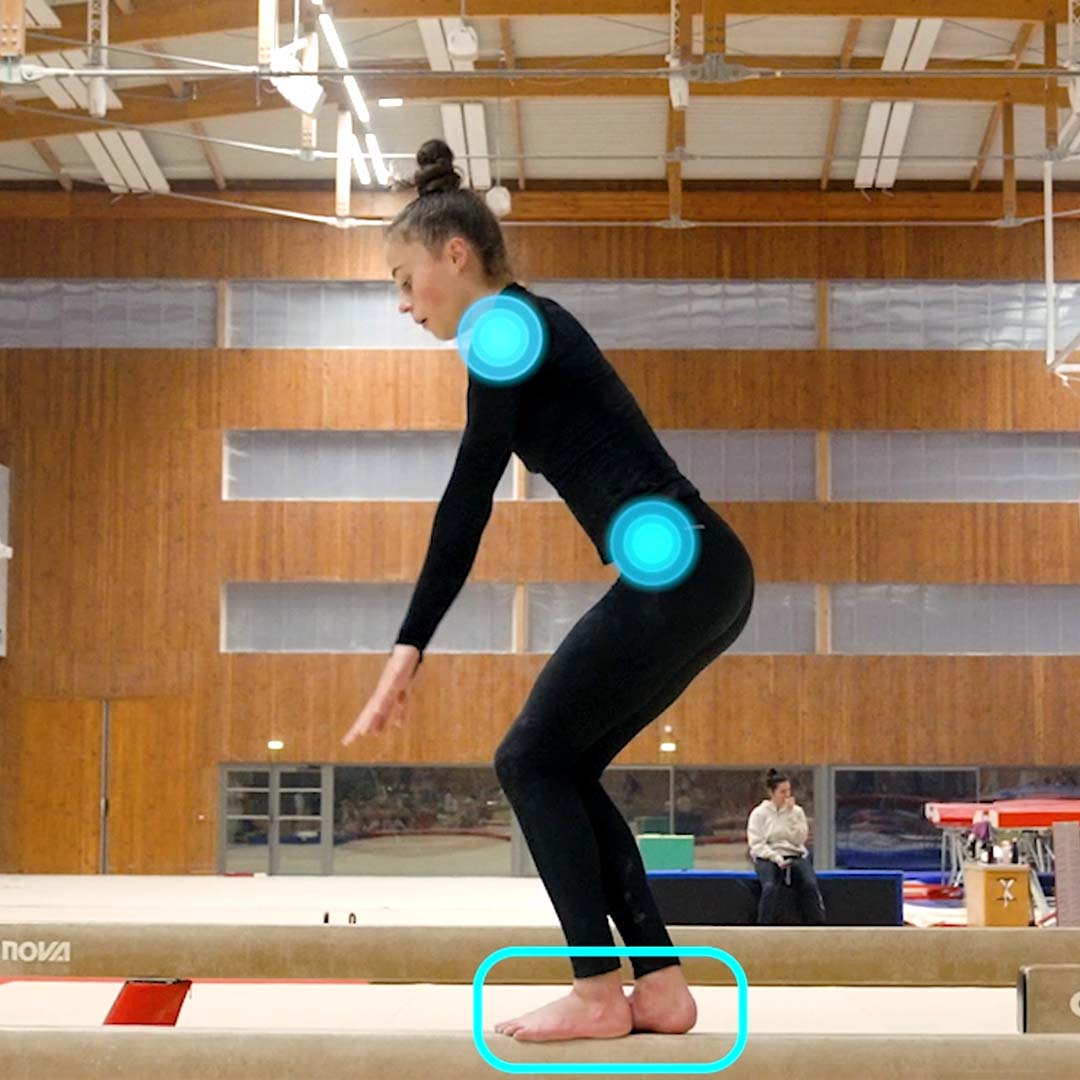Back salto tucked on beam
How to teach a tuck back on beam



Angelo Ritorto
Back salto tucked on beam
How to teach a tuck back on beam
description
When you look at all the technical elements that gymnasts can perform on beam, the tuck back remains a relatively simple acrobatic element.
That said, this backward rotation with a loss of visual contact leaves gymnasts very little maneuvering room to stabilize their landing. Once in the air, if they aren't in line, there's very little chance that they will be able to rebalance themselves on landing.
The take-off phase is therefore essential for the success of this skill.
On top of this, being on a beam that is by definition rigid and narrow, while executing a take-off and landing on two feet simultaneously, requires that you find the best compromise in technique, based on your gymnasts' sensory preferences, their physical capabilities, and their size and shape.
It is possible to do this skill with different starting and landing positions for the movement, as well as differences in the air.
In this training, we'll examine these different placements to give you the possibility of choosing the most suitable options for your gymnasts.
Associated books
Let's Teach artistic gymnastics - Beam Skills (Backward acrobatic skills)
Learn how to teach:
• Back walkover • Flic-flac step-out • Layout step-out • Tuck back •
All the exercises needed to learn backward skills on beam, from their beginnings to the execution of complete skills
→ 174 exercises - 214 pages - Format 15 x 21 cm -
A note on the series of books, "Let's teach gymnastics":
• Our books are essential companions to the video training on the same topics that you find in the section "Gymnastics Education" here on GymneoTV.
• Their spiral binding and tabbed pages allow you to quickly find the skills you want to look at, and easily locate the drills and training stations.
• The summaries of technique and the large format illustrations made to scale make these books the ideal companions to your training sessions.
Our advice:
• For training session prep: thanks to the technique summary and icons at the top of each page, you can easily find the stations that match the current needs of your gymnasts. You can also anticipate the equipment needs for your upcoming session.
• During training: with the help of realistic images, you can save time by showing your gymnasts the drills to work on. They will also be able to help you set up the training stations and thanks to the illustrations, they'll more easily understand the task at hand.
• You will improve the constant exchange that you have with your athletes. In fact, when giving your instructions, the illustrations create common ground for discussions or reference points. They make it easy to understand and/or visualize technical placements, which makes it much easier to learn the element.

